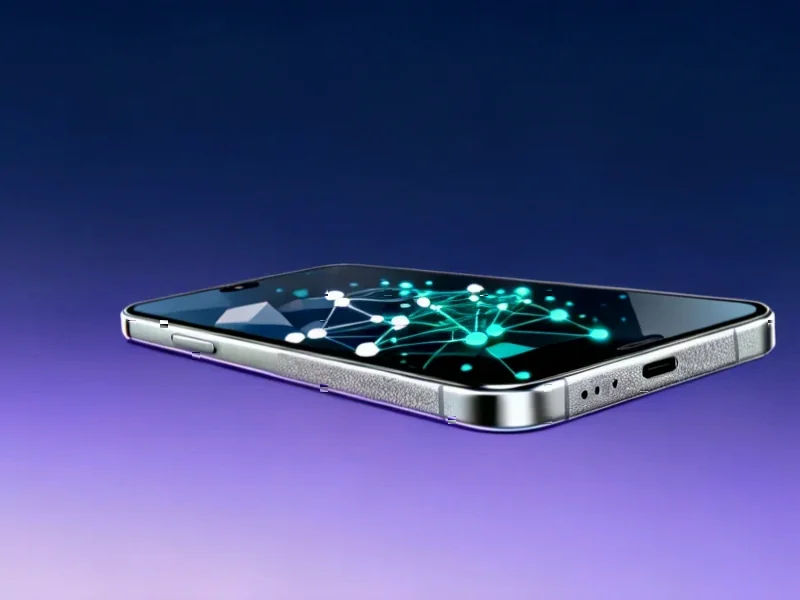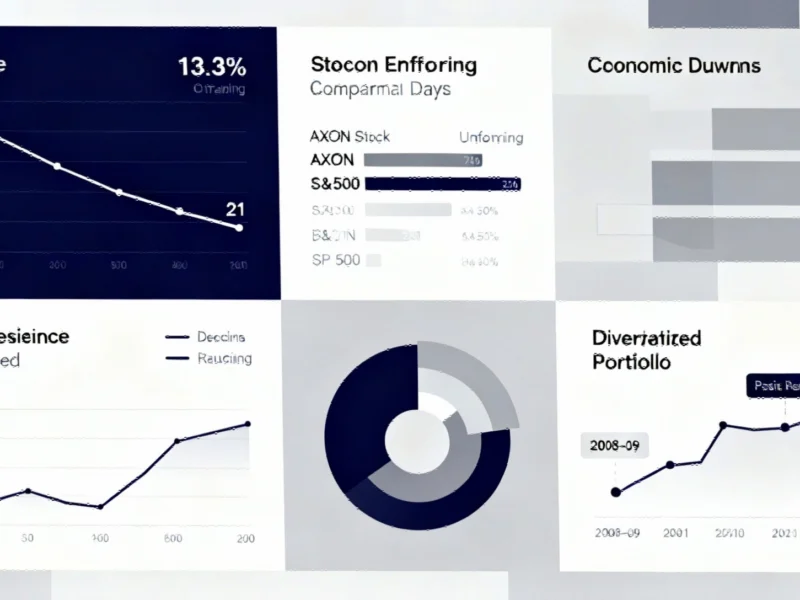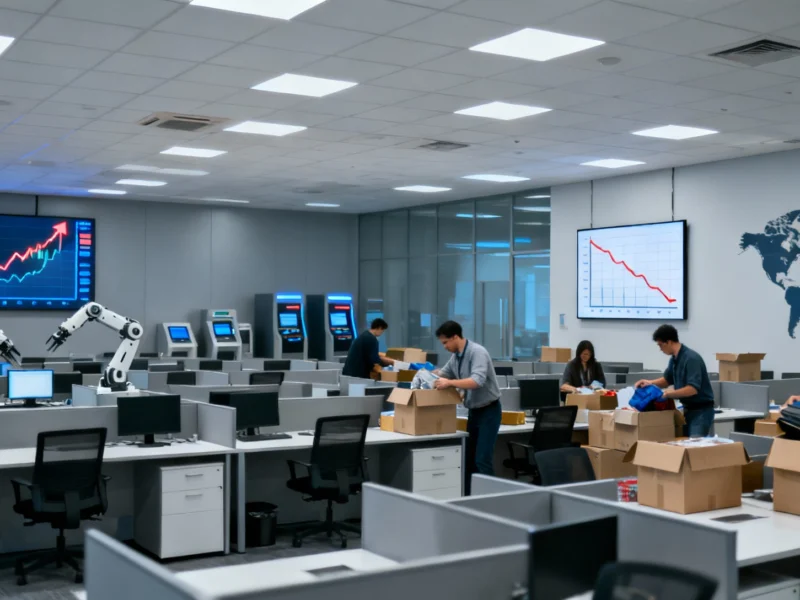According to Digital Trends, Samsung may host its next Galaxy Unpacked event in San Francisco on February 25, 2025, representing a significant delay from the company’s typical late-January flagship launches. The report cites South Korean outlet Money Today, which attributes the information to an unnamed Samsung official who specifically mentioned San Francisco’s status as an “AI technology center” as justification for the venue choice. The delay could push Galaxy S26 availability to early March, potentially affecting the rollout timeline for Samsung’s next One UI update for older devices. This strategic shift comes amid rumors of lineup changes including dropping the Edge model and reintroducing Plus variants under new names.
The AI-Driven Venue Choice Speaks Volumes
Samsung’s reported decision to host the event in San Francisco rather than its traditional venues represents more than just a location change—it’s a statement of intent in the escalating AI smartphone wars. By positioning itself in the heart of Silicon Valley, Samsung is directly challenging both Apple’s upcoming AI-focused iPhone 16 and Google’s Pixel lineup, which has increasingly leveraged AI as its core differentiator. The timing is particularly strategic, as February allows Samsung to observe Apple’s September iPhone launch and Google’s October Pixel event, then position the Galaxy S26 as the culmination of the latest AI advancements. This geographical shift suggests Samsung wants to be perceived not just as a hardware manufacturer, but as an AI technology leader competing directly with Silicon Valley giants.
Behind the Delay: Supply Chain and Component Challenges
The one-month delay likely reflects deeper supply chain complexities, particularly if Samsung is indeed planning to bring back Exynos chipsets across the entire Galaxy S26 lineup as recent rumors suggest. Transitioning from Qualcomm’s Snapdragon processors to in-house Exynos chips requires extensive testing, validation, and manufacturing ramp-up that could easily justify the additional month. This move represents a significant gamble—while it would give Samsung greater control over its supply chain and potentially higher margins, the company has faced consumer skepticism about Exynos performance and efficiency compared to Snapdragon alternatives in previous generations. The delay also suggests Samsung may be working through yield issues with advanced manufacturing processes or securing sufficient capacity for the rumored thinner flagship model mentioned in the original report.
Market Impact: Reshaping the 2025 Smartphone Calendar
A February launch fundamentally alters the competitive dynamics of the 2025 smartphone market. Traditionally, Samsung’s January release gave it several months of exclusivity as the first major flagship of the year before Chinese competitors like Xiaomi and Oppo launched their spring flagships. By moving to late February, Samsung now faces immediate competition from MWC (Mobile World Congress) launches in early March, where brands like Honor, Realme, and Vivo typically unveil their premium devices. This compression of the premium launch window could lead to more aggressive pricing and marketing battles in Q1 2025. However, the delay might also work to Samsung’s advantage by creating clearer air between the holiday shopping season and its launch, potentially boosting early-year sales momentum.
The Consumer Waiting Game: Risks and Rewards
For consumers, the delayed launch creates both frustration and opportunity. Those holding out for the latest Galaxy device face an extended waiting period, potentially pushing some to consider alternatives like Google’s Pixel 8 or Apple’s iPhone 15, which will see price drops following Apple’s September 2024 iPhone 16 launch. However, the extra development time could result in a more polished product with better AI features and fewer early-adopter issues. The timing also positions the Galaxy S26 perfectly for tax return season in many markets, potentially boosting sales among consumers who’ve been waiting to upgrade. The critical question remains whether Samsung’s AI features will be compelling enough to justify both the wait and what will likely be premium pricing in an increasingly competitive market.




